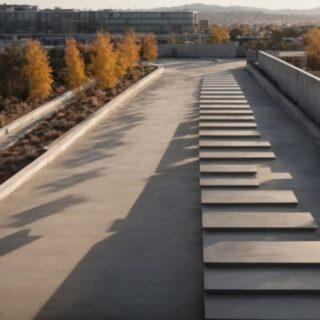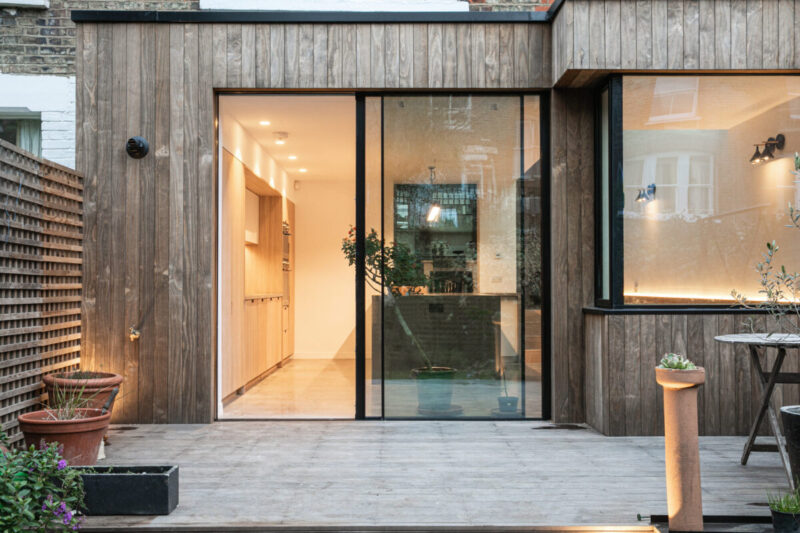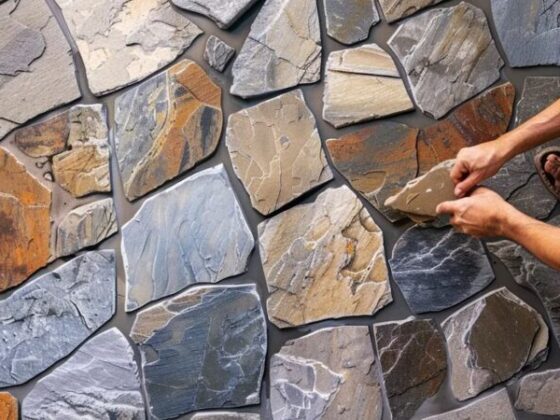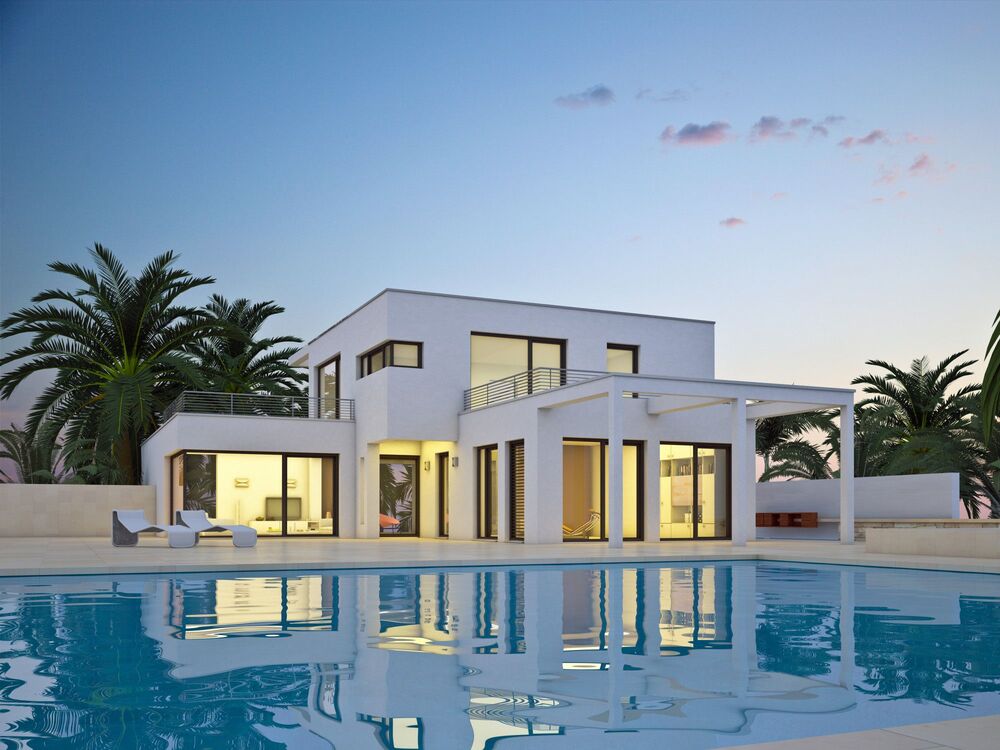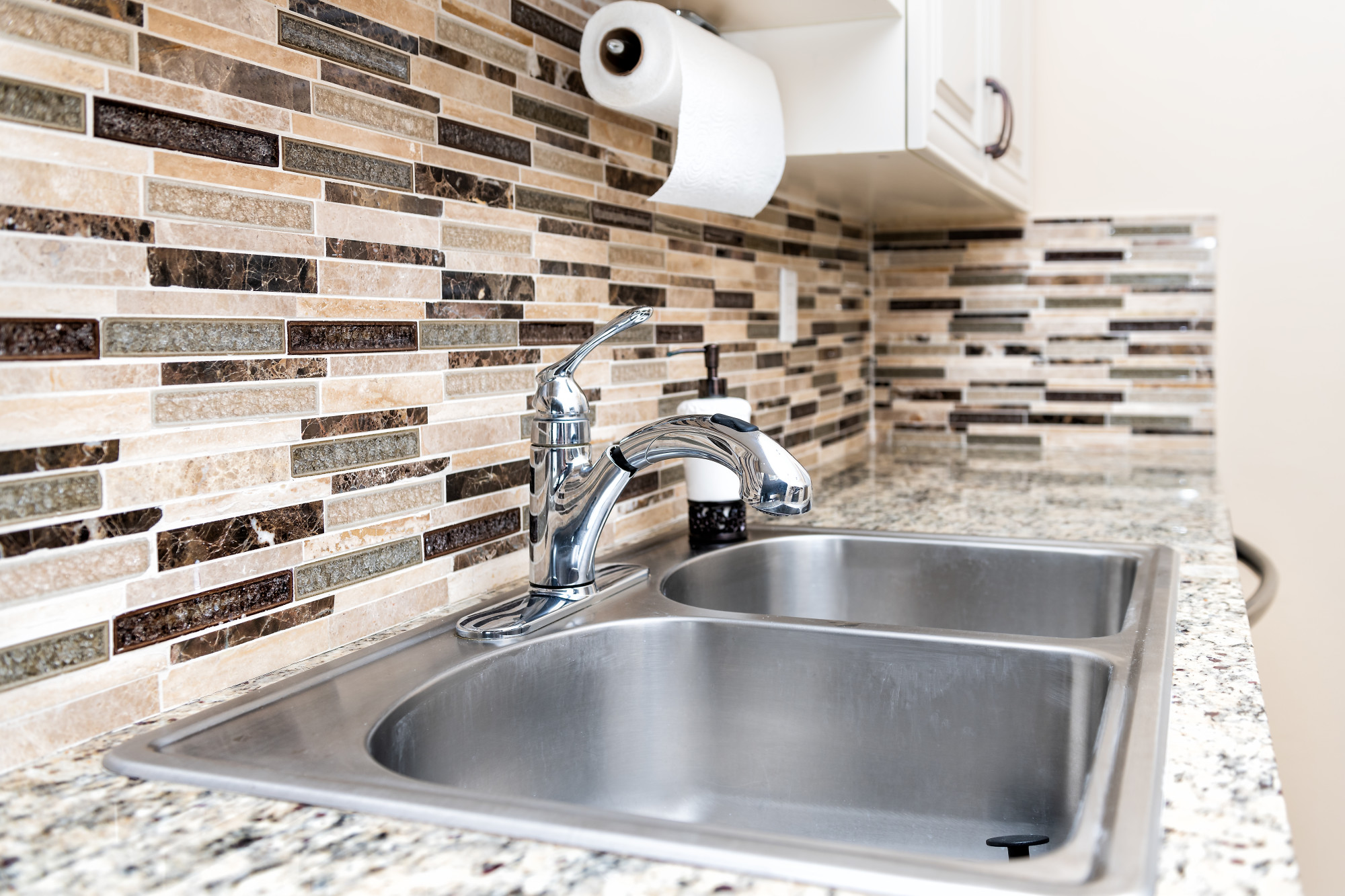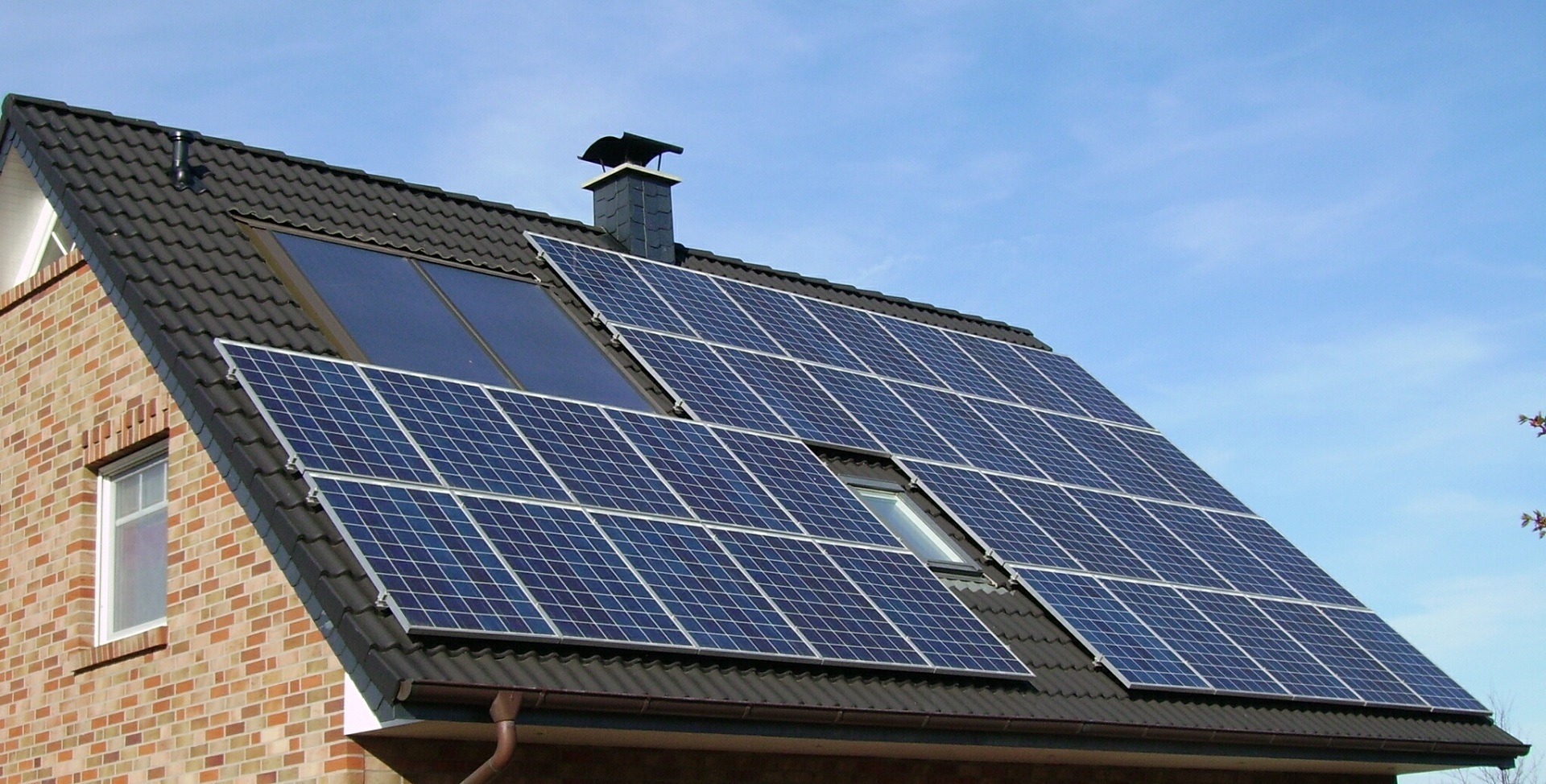Glass extensions have gained immense popularity in contemporary architecture, offering a seamless connection between indoor and outdoor spaces while flooding interiors with natural light. If you’re considering adding a glass extension to your home, it’s essential to have a comprehensive understanding of the process. This guide aims to provide valuable insights and answer common questions, helping you make informed decisions about incorporating glass extensions into your property.
What exactly is a glass extension?
A glass extension is a modern architectural feature that utilizes glass panels or walls to extend the living space of a property. It typically includes large floor-to-ceiling windows, glass roofs, or a combination. The use of glass in these extensions creates a sense of openness, blurring the boundaries between the indoors and outdoors and allowing abundant natural light to enter the space.
The use of glass in construction has evolved significantly in recent years, with technological advancements allowing for more energy-efficient and structurally sound designs.
What do I need to know about planning rules?
Before embarking on a glass extension project, it’s crucial to familiarize yourself with the planning rules and regulations in your area. While some glass extensions may be considered permitted development and not require planning permission, others may require approval, especially if they significantly alter the property’s appearance or fall within specific size limits. Consulting with a professional architect or contacting your local planning authority will help ensure compliance with regulations.
When planning a glass extension, there are several important factors to consider. First and foremost is the structural integrity of the extension. Glass extensions require careful engineering to ensure they can withstand the elements and meet building regulations. Working with experienced architects and contractors specializing in glass construction is crucial to guarantee a safe and durable extension.
Another consideration is the orientation of the glass extension. South-facing extensions receive the most sunlight throughout the day, making them ideal for areas where maximizing natural light is a priority. However, it’s essential to incorporate shading solutions to prevent overheating during the hot summer months. North-facing extensions may receive less direct sunlight but can still benefit from ample natural light, especially when complemented with well-placed artificial lighting.
Privacy is often a concern regarding glass extensions, as the transparency of glass may compromise seclusion. However, there are various options available to address this issue. Frosted or tinted glass, for example, can provide privacy without sacrificing natural light. Additionally, clever landscaping or the strategic placement of interior design elements can create secluded areas within the glass extension.
Maintenance is another aspect to consider. While glass extensions are visually stunning, they require regular cleaning and upkeep to ensure their pristine appearance. Choosing self-cleaning glass or investing in easy-to-access cleaning solutions can simplify this task and help maintain the extension’s beauty over time.
What is the difference between a conservatory and a glass extension?
While conservatories and glass extensions share similarities, they have distinct differences in structure and usage. Conservatories are typically fully glazed structures separate from the main building, often designed to be used as additional living or recreational spaces. In contrast, glass extensions are more integrated with the existing structure, featuring a consistent heating system and a seamless extension of the main living space.
What about keeping it warm?
Ensuring the thermal comfort of a glass extension is crucial to its usability throughout the year. High-performance glazing, such as double or triple glazing with low-emissivity coatings, can minimize heat loss and improve energy efficiency. Additionally, incorporating efficient insulation in walls, floors, and roofs and well-designed heating systems, such as underfloor heating or radiators, will help maintain a comfortable temperature in colder months.
What’s the best way to light a glass extension?
The natural light that floods a glass extension is one of its primary advantages. However, it’s essential to consider artificial lighting for evenings or darker days. A well-planned lighting scheme will enhance the functionality and ambiance of the space. Combining ceiling lights, wall sconces, and floor lamps strategically can create a well-balanced and inviting atmosphere, allowing for different lighting moods throughout the day.
What are the benefits of adding a glass extension to my home?
Adding a glass extension to your home offers numerous benefits. Firstly, it significantly increases the natural light in your living space, making it feel more spacious and uplifting. The seamless connection with the outdoors allows you to enjoy the beauty of your surroundings throughout the year. Moreover, a well-designed glass extension can enhance the aesthetics of your home, adding a touch of modernity and potentially increasing its value in the market.
A glass extension can transform your living space, providing a modern, light-filled environment that seamlessly blends indoor and outdoor living. Understanding the planning regulations, the differences between conservatories and glass extensions, and the importance of thermal performance and lighting, will ensure a successful and enjoyable addition to your home. Embrace the benefits of a glass extension and create a stunning space that brings nature and light into your everyday life.


